Independently Tested
Coral Rx was independently tested by Andrew Lynford, M.S. in Biology from Hofstra University.
This investigation attempted to quantify the efficacy of three chemical flatworm controls: Flatworm Exit, Coral Rx, and Povidone. His research is available in a featured article published in Advanced Aquarist, April 2009.

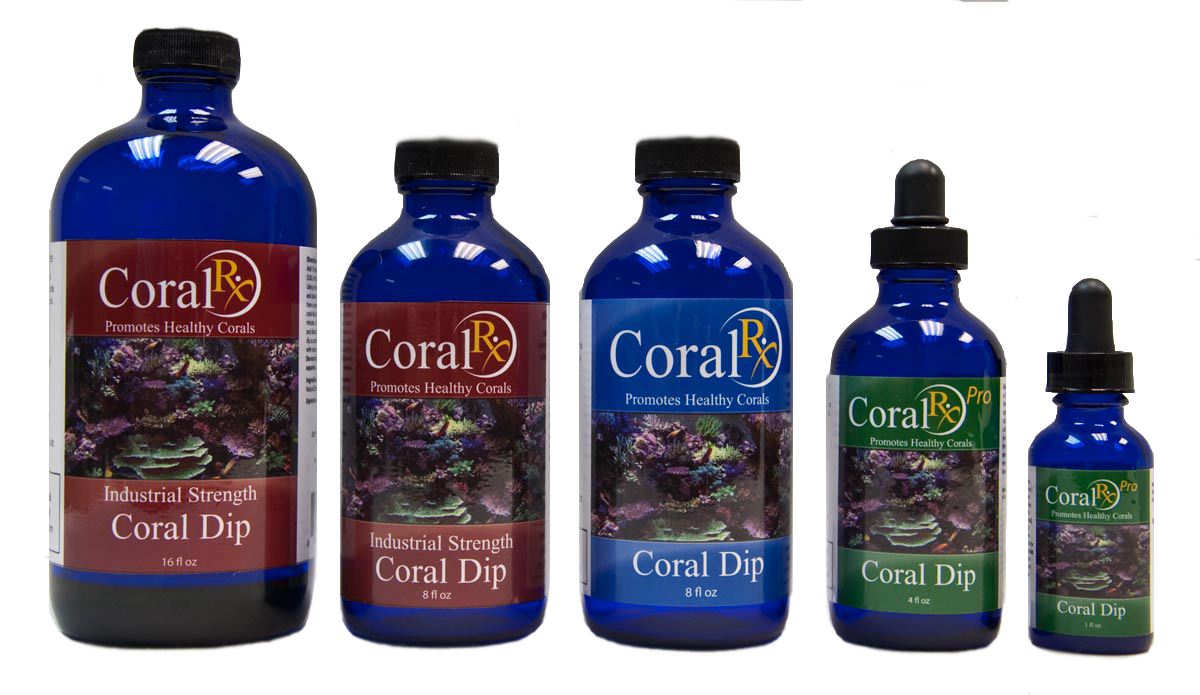
CORAL RX
Below are excerpts of his findings:
- Coral Rx was the most effective treatment…
- Coral Rx performed well as a coral dip, and it would be advantageous for coral aquaculturists, wholesalers, retailers, aquariums, and hobbyists to use this product when quarantining newly purchased corals.
- Chemical treatments are utilized as a preventative protocol used to eradicate flatworms before they are introduced into an aquarium. These chemical treatments are referred to as a coral dip.
- Quarantining corals and live rock with coral dips is the best way to deal with marine flatworms because it prevents their introduction, and circumvents the problems associated with convolutrilobid toxin release.
Harvesting coral reef taxa (species) to replace livestock lost through convolutriloba toxin release is environmentally costly and should be prevented by using coral dips.
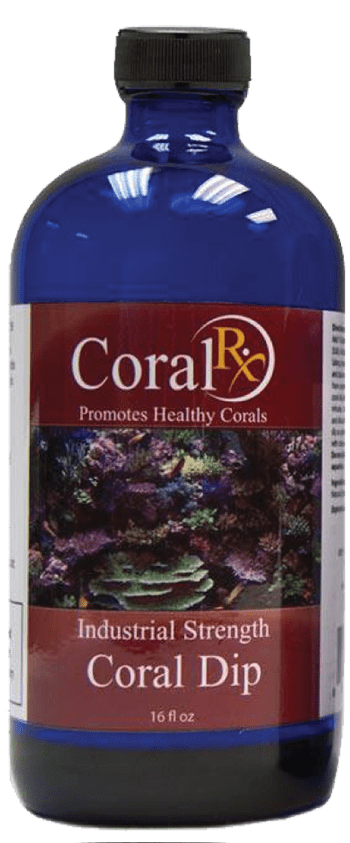
CoralRx is effective in removing:
1. Acropora Eating Flatworms
2. Montipora Eating Nudibranchs
3. Bristleworms
4. Zoanthid Eating Spiders
5. Red Flatworms.

CoralRx also aids in the treatment of:
1. Filamentous Hair Algae
2. Rapid Tissue Necrosis
3. Slow Tissue Necrosis
4. Bacterial Infections and More!
NOTE: CoralRx should not be used on fish, shrimp, crabs, snails, clams, or other invertebrates.
CoralRx’s effectiveness against Acropora Red Bugs has not been tested.

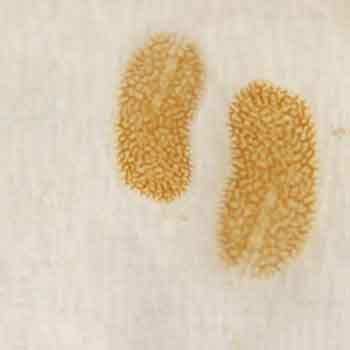
AEFW - Acropora Eating Flatworms
A flatworm that only effects Acropora, but does not affect all Acropora species. Some Acropora species are more prone to infection than others.
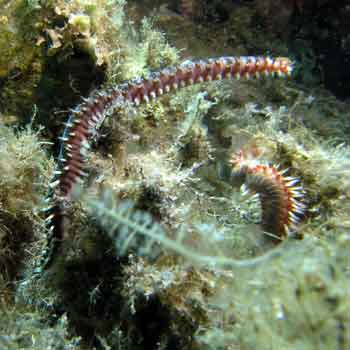
Bristleworms
Bristleworm is loosely used term to describe all Polychaete class marine worms. It is the Pherecardia, Hermodice, and other related species that most aquarists need to be concerned about.
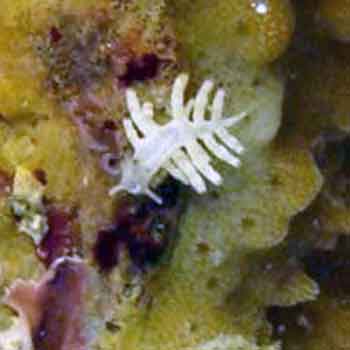
Montipora Eating Nudibranchs
Montipora Eating Nudibranchs are a type of aeolid nudibranchs which are known to feed on coral. It is important to keep these parasites out of our aquaria.

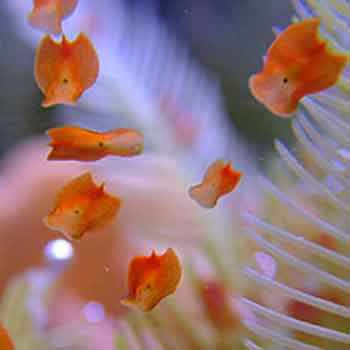
Red Flatworms
Red Flatworms go by several different names; Convolutriloba retrogemma, red planaria, rust flatworms, and some refer to them as just flatworms.

Zoanthid Eating Spiders
Sea Spiders are not spiders in the traditional sense. They are not members of the arachnid family, but are, instead, marine arthropods known as pycnogonids
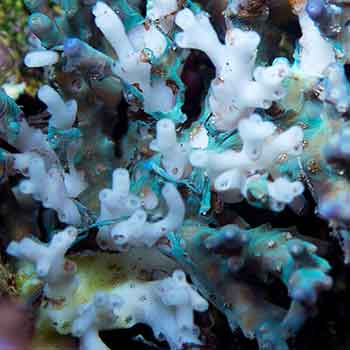

Tissue Necrosis (RTN/STN)
RTN and STN are used to describe the condition of tissue receding or coming off the coral or the coral turning white, which is known as bleaching. The speed at which this happens determines whether it is called rapid or slow tissue necrosis.

Zoanthid Eating Nudubrancs
Zoanthid Eating Nudibranchs also are known as Zoa Eating Nudibranchs or Zoo Eating Nudibranchs are a type of aeolid nudibranchs which are known to feed on coral.

Sundial or Box Snail
Heliacus variegatus is commonly known in the aquarium hobby as a Sundial snail or box snail. These nocturnal snails are known Zoanthid predators.


Bryopsis Filamentous Hair Algae
Bryopsis is a nuisance alga that can overgrow corals and live rock. It is generally dark green and filamentous. It is an indicator of high levels of nitrates and phosphates.
Coral Rx
a different type of coral dip
Coral Rx was designed by keeping the health of your coral in mind. Our proprietary blend of natural ingredients contains no iodine, which is known to stain corals, nor does Coral Rx contain oxidizers whose by-products are often toxic and continue to react with surrounding tissue.
Independent research also questions the effectiveness of iodine treatments. Please take a look at this feature article in Advanced Aquarist, April 2009.
Coral Rx
Removes many of the “hard to deal with” coral pests like Acropora-Eating Flatworms, Montipora-Eating Nudibranchs, and Zoanthid-Eating Nudibranchs.
How to use
Coral Rx can be used in treating many types of live corals; soft, LPS and SPS.
Coral Rx should be used in treating corals that have parasites or other bacterial infections.
Additionally, it should be used as a prophylactic treatment before bringing live coral into your aquarium.
Directions
Dosage per gallon of dip
- Coral Rx: 20ml or 4 capfuls
- Coral Rx Pro: 30 drops
- Coral Rx Industrial: 10 drops
- Shake the bottle of Coral Rx.
- Add dosage as stated above based on product purchased to 1 gallon (3.8 liters) of saltwater from aquarium.
- Mix well.
- Using a small powerhead, keep the water moving and place coral in the coral dip. If you do not have a power head, gently shake coral in the coral dip. Keep coral in the coral dip for 5 – 10 minutes.
- After 5 – 10 minutes, remove coral and discard the coral dip. Do not reuse the coral dip as parasite may release toxins.
- Rinse coral with clean saltwater and return to aquarium.
Do not add Coral Rx directly into aquarium.
Ingredients: Distilled Water, Proprietary Blend of Natural Extracts. (Coral Rx Industrial contains no distilled water)
Coral Rx Support

